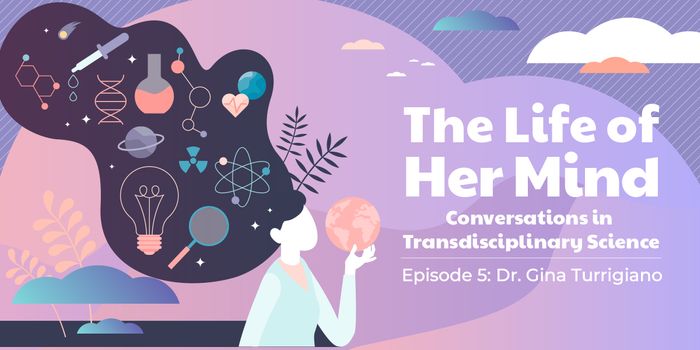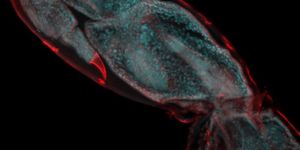What, exactly, is albinism? Albinism is a collective term for many loosely related conditions. Everyone with albinism makes less than the normal amount of the pigment melanin.
We make melanin in specialized cells. Melanin colors our eyes, skin and hair. Since it can absorb every wavelength of light, melanin protects our skin from damage by the sun's ultraviolet rays. It also helps our eyes develop and handle visible light properly. In those with albinism, the amount of melanin made ranges from none to almost the normal amount. This can affect appearance -- without melanin, hair and skin are both white. However, a person with slightly reduced melanin may look just like his unaffected parents and siblings. Doctors often diagnose albinism using an eye exam. Since melanin plays a part in eye development, people with albinism universally have unusual eye anatomy and less-than-perfect vision.
Albinism isn't contagious, so you can't catch it. It's caused by a mutation in DNA, passed from parents to child, present at birth. In albinism, the mutation can happen in three areas: the recipe for melanin, the proteins that make melanin, the parts of the cell that package and distribute melanin.
Albinism has been documented around the globe, in many ethnic groups yet it is a rare condition. One in 20,000 people worldwide has a form of albinism. Certain forms are more common in certain populations. The most common form of albinism, OCA2, is found in one in 36,000 Caucasians in the United States.
Source: How Stuff Works








